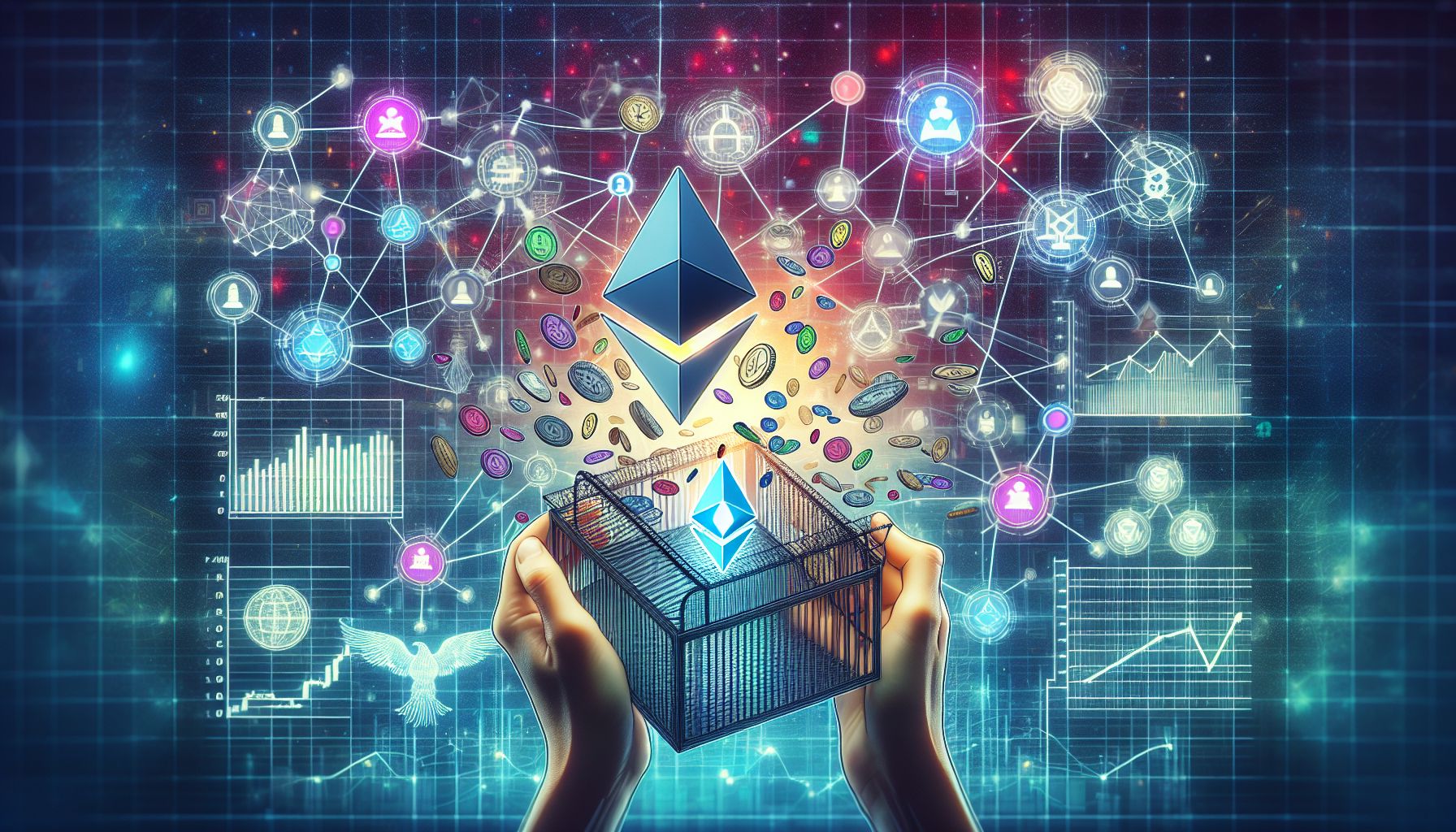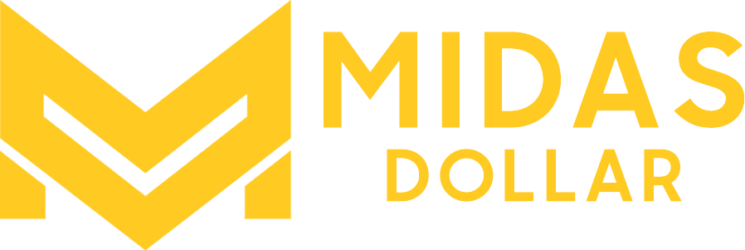
In our journey through the vivacious world of Decentralized Finance (DeFi), today we set our sights on the pioneer of the DeFi movement – The Ethereum Ecosystem. Blazing worldwide financial transformation, Ethereum stands as an exceptional platform that capitalizes on blockchain technology to innovate beyond the confines of traditional finance.
Exploring the Ethereum Ecosystem
Ethereum, launched in 2015 by Vitalik Buterin, is an open-source blockchain platform that allows developers to construct and deploy smart contracts and decentralized applications (dApps). This flexible and general-purpose blockchain is extensively used to create DeFi projects because it is programmatically robust and universally accessible. As of today, the Ethereum network has the highest number of DeFi applications, representing over 90% of the total decentralized applications market cap.
The Pulse of the Ethereum DeFi Ecosystem
Ethereum’s smart contract capabilities form the lifeblood of the DeFi ecosystem. These self-executing contracts allow financial transactions to take place without the need for intermediaries, thereby making operations safer and more efficient.
Moreover, Ethereum gives birth to a variety of DeFi applications:
- Lending and Borrowing Platforms: Applications like Compound and Aave allow users to lend and borrow cryptocurrencies without needing to rely on financial institutions.
- Decentralized Exchanges (DEXs): DEXs such as Uniswap and Balancer provide platforms for users to trade their assets directly, removing the need for third-party asset custodians.
- Yield Farming and Liquidity Mining: Platforms like Yearn.Finance optimize yield farming strategies to provide higher returns to their users.
- Derivatives and Prediction Markets: Augur and Synthetix allow users to create and trade in derivatives and forecast future events.
- Stablecoins: Pegged to the US dollar, stablecoins like DAI and USDC provide stability in the volatile crypto market.
In addition, the pivotal role of the Ethereum blockchain in the advent and acceptance of Non-Fungible Tokens (NFTs) is not to be downplayed. From artwork to real estate, the potential for tokenizing assets in the Ethereum ecosystem is virtually limitless and is set to transform the way we perceive asset ownership and management.
The Road Ahead: Ethereum 2.0
The Ethereum network is set to undergo significant improvements with Ethereum 2.0 (Eth2 or Serenity). This upgrade aims to enhance the scalability, speed, and efficiency of the Ethereum blockchain, thereby solidifying its position as the de-facto platform for building DeFi applications.
Conclusion: Leadership Through Innovation
The Ethereum DeFi ecosystem has revolutionized the world of finance by fostering a decentralized, transparent, and inclusive financial landscape. However, it also presents unique challenges relating to scalability, high gas fees, and interoperability with other blockchains. As Ethereum 2.0’s launch looms, it will be interesting to observe how these challenges are managed, steering the future course of the DeFi movement.
In conclusion, whether it’s removing central authorities, ushering in new financial instruments, or driving the growth of NFTs, Ethereum certainly stands as the flagbearer of the DeFi revolution.

